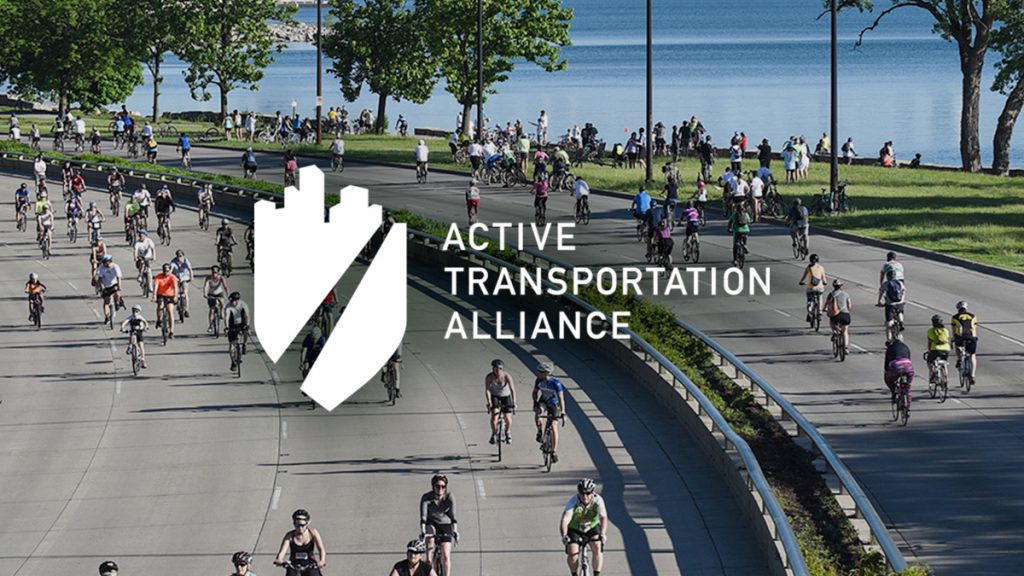For immediate release
June 29, 2017
Media Contact:
Ted Villaire
Active Transportation Alliance
Communications Director
O: (312) 216-0484
C: (312) 563-1118
[email protected]
Despite progress, Chicago’s suburbs are falling behind on biking
New report outlines how to make Chicago’s suburbs safer, more inviting places for people biking
Chicago, Ill: June 29, 2017 — While dozens of Chicago suburbs have made strides to improve biking, the vast majority of suburban residents aren’t getting the biking options they deserve. A new report from the Active Transportation Alliance called Suburban Bikeways for All documents how the current state of biking in Chicago’s suburbs is lagging and spells out the policies, planning and infrastructure necessary to get our region back on track.
According to the report, Chicagoland risks falling behind other metropolitan areas that have seized on biking as a key component of sustainable, equitable and healthy communities. With very limited bicycling options, suburban Chicago residents are missing out on the many health, environmental and economic benefits that go along with regular biking.
“People in Chicago’s suburbs want to bike more, but they can’t because they are typically cut off from destinations they want to access by bike — even shorter trips to school, a Metra station or a nearby restaurant,” said Ron Burke, executive director of the Active Transportation Alliance. “We need to see more suburbs reverse these trends by building livable, vibrant and healthy communities with a strong bike network at the center.”
Why are Chicago suburbs struggling to make headway on better biking?
- Most suburbs are not designed to be bike friendly.
- Bike crashes remain stubbornly high.
- Large gaps remain in the regional trail network.
- The number of suburban residents who say they bike to work is falling.
- Too few suburbs have the right policies and plans in place.
To counter these trends, Suburban Bikeways for All identifies three key characteristics of successful suburban bike networks: close, comfortable and connected. This means that frequent destinations like schools, retail districts and Metra stations should be close to residential areas and connected with low-stress biking routes. Bike networks with varying degrees of the “3 Cs” have been proven to attract new riders.
The Suburban Bikeways for All report urges Chicago suburbs to pursue policies and planning efforts that will help pave the way for better biking. Among the suggestions are
- Pass a local complete streets policy to ensure all road users are considered in future transportation plans and projects
- Adopt and implement an active transportation plan that creates a connected network of low-stress bikeways, like protected bike lanes and off-street trails
- Pursue funding and adopt transportation budgets that include a fair share for walking and biking, tapping into federal, state, and local dollars
- Incorporate a vision zero goal to eliminate traffic fatalities into local plans and policies
In addition to the full Suburban Bikeways for All report, you can read an executive summary of the report.
Need a photo of people biking the Chicago suburbs? We can help.
# # #
About the Active Transportation Alliance
The Active Transportation Alliance is a non-profit, member-based advocacy organization that advocates for walking, bicycling, and public transit to create healthy, sustainable and equitable communities. The organization works to build a movement around active transportation, encourage physical activity, increase safety and build a world-class transportation network. The Active Transportation Alliance is supported by more than 7,000 members and 1,000 volunteers. For more information about the Active Transportation Alliance, visit www.activetrans.org or call 312.427.3325.

